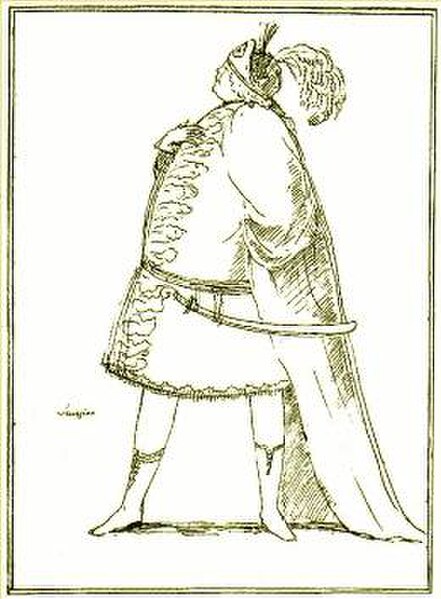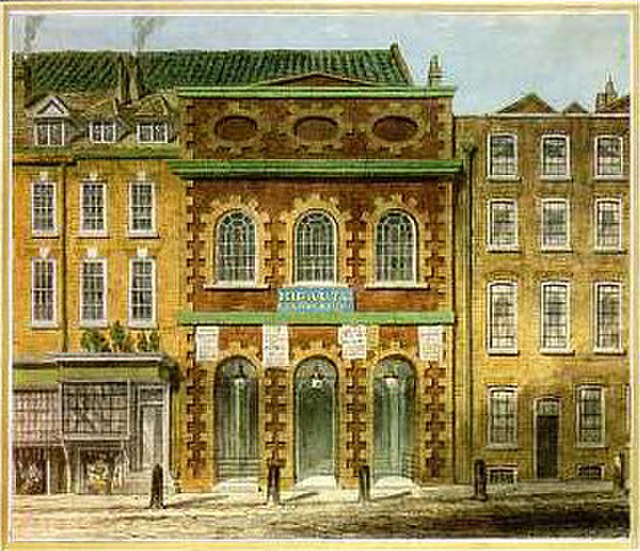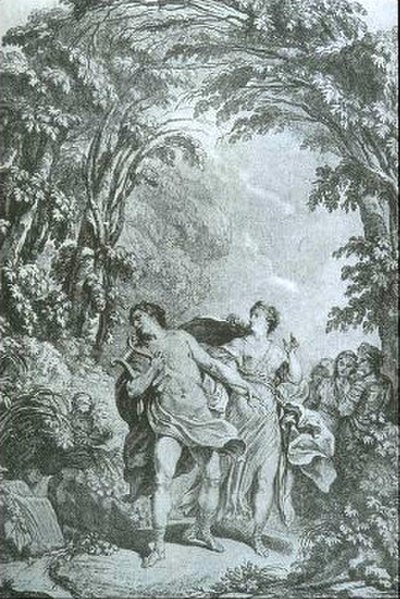Siroe, re di Persia, is an opera seria in three acts by George Frideric Handel. It was his 12th opera for the Royal Academy of Music and was written for the sopranos Francesca Cuzzoni and Faustina Bordoni. The opera uses an Italian-language libretto by Nicola Francesco Haym, after Metastasio's Siroe. Like many of Metastasio's libretti, it was also set by Handel's contemporaries, e.g. by Leonardo Vinci, Antonio Vivaldi and Johann Adolph Hasse. Pasquale Errichelli's setting of the libretto premiered in the year of Handel's death.
George Frideric Handel
Caricature of Senesino, who created the role of Siroe
Relief from Persia at the time Siroe is set. The figure in the middle at the top is the King called "Cosroe" in the opera
The King's Theatre, London, where Siroe had its first performance
Opera seria is an Italian musical term which refers to the noble and "serious" style of Italian opera that predominated in Europe from the 1710s to about 1770. The term itself was rarely used at the time and only attained common usage once opera seria was becoming unfashionable and beginning to be viewed as something of a historical genre. The popular rival to opera seria was opera buffa, the 'comic' opera that took its cue from the improvisatory commedia dell'arte.
Caricature of a performance of Handel's Flavio, featuring three of the best-known opera seria singers of their day: Senesino on the left, diva Francesca Cuzzoni in the centre, and art-loving castrato Gaetano Berenstadt on the right
Jacopo Amigoni: Il cantante Farinelli con amici (among which Metastasio), c. 1752 (National Gallery of Victoria, Melbourne)
Illustration from a 1764 edition of the score of Gluck's Orfeo ed Euridice
Anton Raaff, the German tenor who created the title role in Mozart's Idomeneo, seen here performing a heroic role, c. 1780








